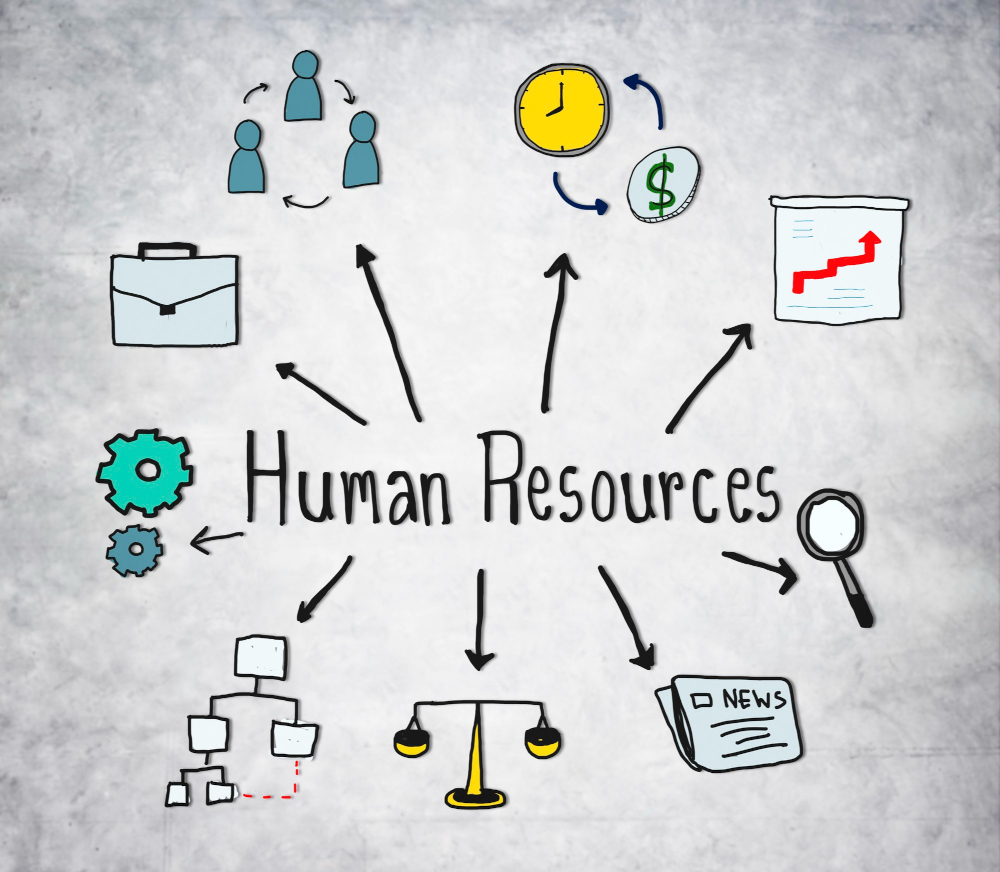Why Is HR Goal-Setting Important?
For HR departments, setting clear and effective goals is essential for aligning with corporate strategy, enhancing employee engagement, and improving organizational efficiency. However, HR goals often feel abstract and difficult to measure. This guide explains how to set meaningful HR goals using a practical approach.
Key Considerations When Setting HR Goals
Align Goals with Corporate Strategy and Make Them Concrete
HR goals must be closely linked to company-wide objectives. Rather than vague targets, it is crucial to break down corporate strategies into HR-specific initiatives.
Examples:
- If the company’s goal is global expansion → Set a hiring target for bilingual talent and introduce cross-cultural training.
- If employee retention is a business priority → Conduct engagement surveys and implement programs to reduce turnover.

Balance Quantitative and Qualitative Goals
To effectively manage HR goals, it is essential to incorporate both quantitative metrics (KPI) and qualitative objectives in a well-balanced manner.
Quantitative Goals provide clear, measurable indicators of progress, making it easier to track success objectively. Examples include “reduce turnover by 10%” or “maintain a job offer acceptance rate above 80%”, which are easy to quantify and useful for data-driven decision-making.
Qualitative Goals are equally important, focusing on aspects such as workplace culture and employee experience that cannot be expressed purely in numbers. Examples include “enhancing workplace culture through leadership training” or “creating an environment where employees actively engage in career development.” Although harder to measure, these can be evaluated through employee feedback, engagement surveys, and performance reviews.
By integrating both quantitative and qualitative goals, HR can take a holistic approach to workforce management and ensure long-term organizational growth. Even if KPIs show improvement, a decline in workplace morale or lack of qualitative progress may indicate deeper issues.

Using OKRs for Goal Management
OKRs (Objectives and Key Results) provide a structured approach to goal-setting. Instead of vague goals like “Improve employee satisfaction”, OKRs define clear, actionable objectives and measurable outcomes.
Example:
Objective: Increase employee satisfaction and engagement.
Key Results:
- Raise employee satisfaction survey scores from 65% to 80%.
- Reduce voluntary turnover from 15% to 10%.
- Implement three new engagement initiatives within six months.
Step-by-Step HR Goal-Setting Plan
Step 1: Analyze Company Strategy and Define the Big Picture
- Identify the company’s top three strategic priorities for the year.
- Determine how HR can contribute to these goals.
Example:
If “Advancing Digital Transformation” is a corporate goal, HR can develop training programs for employees to upskill in digital tools and promote reskilling initiatives.
Step 2: Translate Strategy into OKRs
- Define HR objectives aligned with corporate strategy.
- Set 3-5 key results for each objective.
Example:
Objective: Strengthen leadership development.
Key Results:
- Conduct leadership training for 100 mid-level managers by Q4.
- Launch a mentorship program pairing 50 junior employees with senior mentors.
- Improve leadership effectiveness scores by 15% in the annual survey.
Step 3: Measure Progress and Establish Accountability
- Assign responsibility for each goal (HR managers, team leaders).
- Set a timeline for regular check-ins (quarterly reviews, bi-annual evaluations).
- Use HR software or internal dashboards to track progress.

Step 4: Integrate Employee Engagement and Feedback
- Gather initial feedback from employees to ensure goals are relevant.
- Encourage a culture of support by linking HR goals to department key performance indicators (KPIs).
- Use engagement metrics (e.g., survey scores, participation rates) to adjust goals as needed.
Step 5: Continuously Improve and Adjust
- Review results quarterly or bi-annually with leadership and adjust as needed.
- Analyze successful and unsuccessful initiatives and refine HR strategies.
- Develop a system to recognize and celebrate achievements, boosting motivation across teams.
Final Thoughts
HR goals should be dynamic, actionable, and closely aligned with the company’s mission. By using structured frameworks like OKRs, incorporating creative problem-solving approaches, and referencing industry benchmarks, HR departments can drive meaningful and lasting impact on business performance.
Additional Advice
Leverage Design Thinking for Innovation
Brainstorming sessions using visual tools like LEGO blocks or mind maps can help HR teams step outside conventional frameworks and generate innovative solutions.
Reference Industry Best Practices and Benchmarks
Analyze HR reports from major corporations and Integrated Reports to learn how leading Japanese companies align their HR strategies with corporate objectives.
Studying case studies from other companies helps HR professionals identify best practices that can be adapted to their own organizations.
By adopting these approaches, HR can evolve from an administrative function to a strategic business partner, ensuring both corporate success and employee satisfaction. Now is the time to develop effective and impactful HR goals that drive long-term success.

